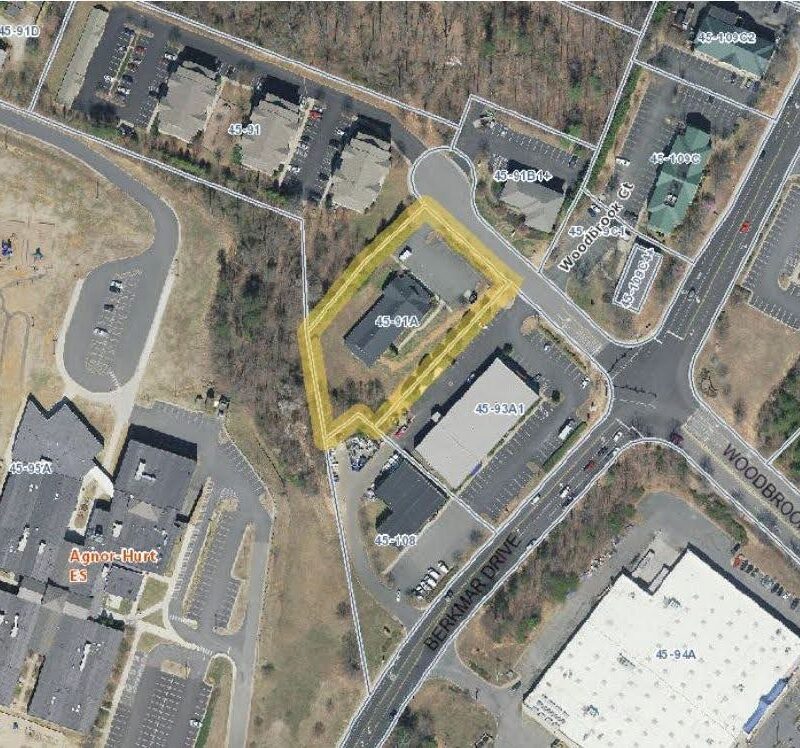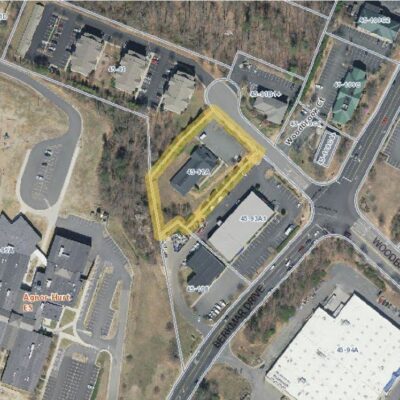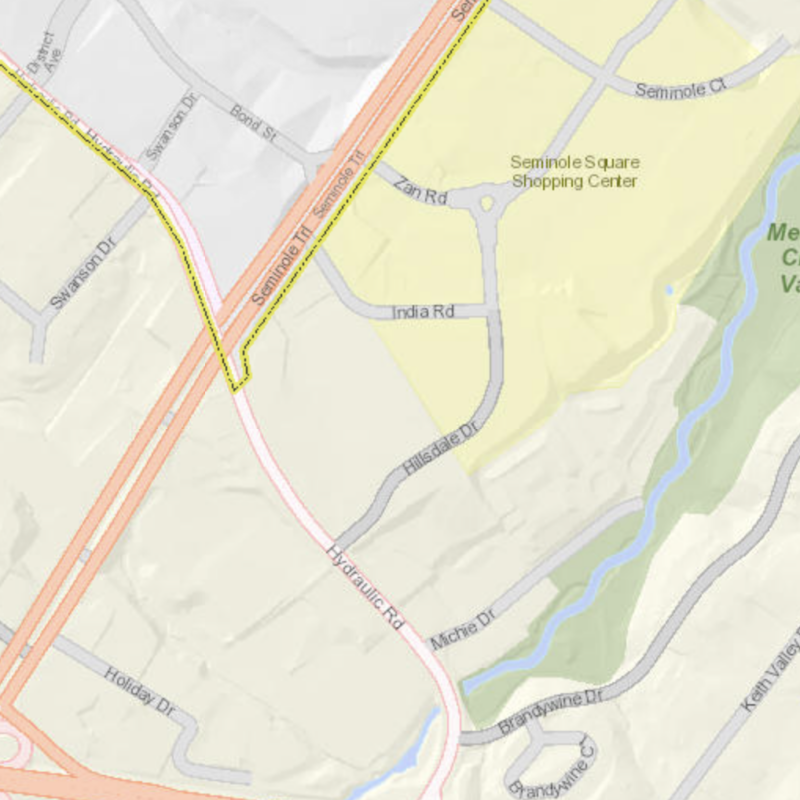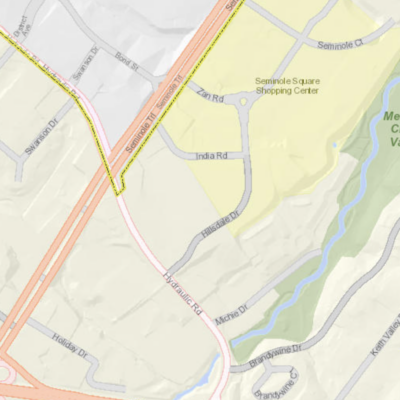For the most part, Preston Avenue is a place in between places, an auto-oriented strip you pass through to get from Barracks Road to Downtown. But the city Planning Commission, along with a couple of pioneering developers, are hoping that Preston can become more than just a cut through.
Alex Dotson and other investors have gotten preliminary approvals to build a four-story, 27-unit condo building, “The Carver,” with 1,700 square feet of office space and basement parking at 701 Preston Ave., on the site of Main Street Auto Body Shop. Across the road, Andy McGinty and other developers are rehabbing the King Lumber Building, which is next to Reid’s Market, in order to convert it to 19,000 square feet of office space.
“We believe in Preston,” says McGinty. “There’s a lot of vehicles on it right now, but I hope there’s more projects like ours to give people a reason to walk down Preston.”
 A rendering of the refurbished King Lumber Building. The Planning Commission hopes projects like this will breathe pedestrian life into Preston. |
McGinty’s plans for King Lumber, which is listed on the National Register of Historic Places, involve using historic tax credits while also turning it into a LEED (Leadership in Energy and Environmental Design) certified building. Energy efficiency and historic preservation don’t always go hand in hand—the brick walls must remain exposed, for instance, even though better insulation would earn more LEED points. But one thing that’s not in McGinty’s way is the city Planning Commission.
“They’re really doing everything they can to promote walkable Preston Avenue,” says McGinty. “Compared to other projects I’ve done, they’re just bending over backwards to make things work.”
“We as a Planning Commission really identified Preston Avenue as probably the entrance corridor that we were least happy with the vision and felt like it needed our attention the most,” says Michael Osteen, a commissioner. “We think that the city is spreading in such a way that it should be a very walkable corridor, with the right uses and the right attention to how the street and the sidewalk and the uses relate to each other.”
Still, Osteen is cautious about going too far to beg for development. Sometimes, he says, it’s better to leave some parcels available for future developers. “It makes economic sense to have an active, vital street packed from one end to another, but a vacant lot doesn’t bother me,” he says. “As a general concept, there is always a better project out there.”
 Andy McGinty takes in the view of Preston Avenue from the King Lumber Building, which he is trying to rehab to meet both “green” and historic criteria. |
Jim Tolbert, director of the city’s Neighborhood Development Services, also doesn’t see a rush to redevelop the former motor mile. “I don’t think there’s anything standing in the way of development on Preston. I think it’s a matter of where’s the most desireable development place,” Tolbert says, pointing at the interest in Downtown and to a lesser extent on West Main. “We can only stand so many square feet of redevelopment at any given time.”
C-VILLE welcomes news tips from readers. Send them to news@c-ville.com.





